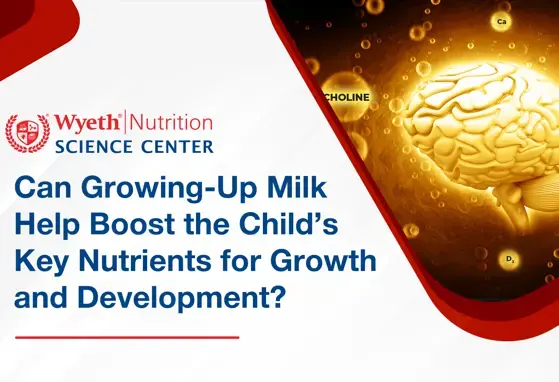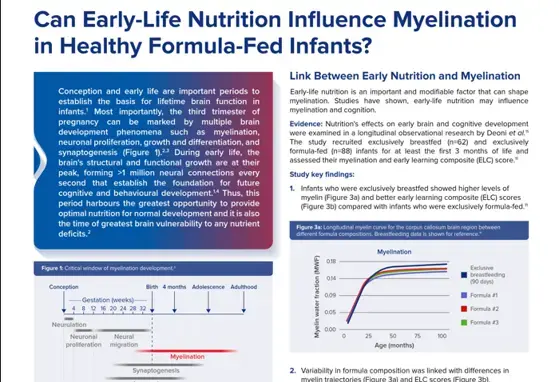Articles

Scientific Opinion On The Substantiation Of Health Claims Related To Foods With Reduced Lactose Content And Decreasing Gastro-Intestinal Discomfort Caused By Lactose Intake In Lactose Intolerant Individuals (ID 646, 1224, 1238, 1339) Pursuant To Article 1

Randomized Controlled Trial to Compare Growth Parameters and Nutrient Adequacy in Children with Picky Eating Behaviors Who Received Nutritional Counseling With or Without an Oral Nutritional Supplement

CDC training models-Celebrating Milestones and Sharing Concerns


Toward an operative diagnosis of fussy/picky eating: a latent profile approach in a population-based cohort

Associations between infant feeding practices and length, weight, and disease in developing countries

Adequacy of family foods for complementary feeding

Nutrient intakes of children aged 1–2 years as a function of milk consumption, cows’ milk or growing-up milk






